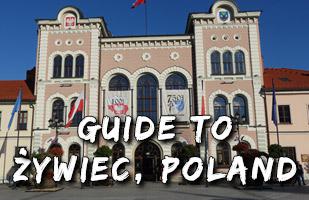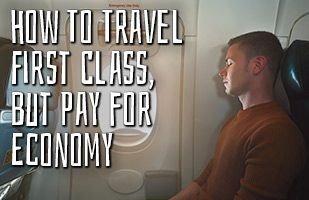About Berlin - basic info

- Currency
- Euro
- Plug sockets
- Type F, 230V. details
- Language
- German - but English is widely understood
- How long to stay?
- At least 3 or 4 days. details
- Best time to visit?
- All 12 months. At christmas they have a nice
christmas market.
Getting to berlin
By Plane
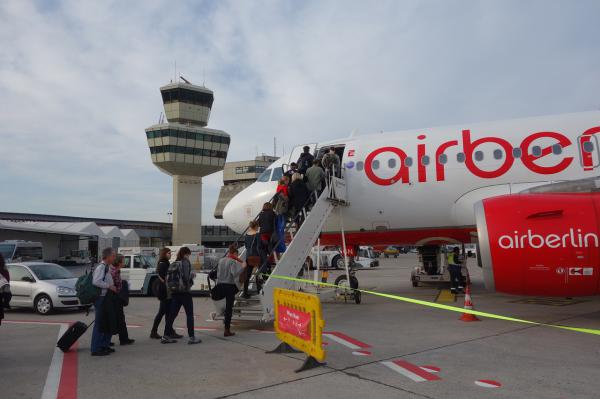
There are two airports:
- Schönefeld (Ryanair often flies here)
- Take the underground train into the city center, or bbus routes.
- Tegel International Airport
- Close to city center. Good public transport links
By coach/bus
Berlin has good links with many other nearby countries. The Central Bus Station (ZOB) is easy to get to.
It is located in the western part of town (in Charlottenburg). You can get busses to both other German
cities and other countries.
At ZOB there are video monitored lockers, which can cost from 2-5 euros a day.
Details
here.
By Train

Again, Berlin has great transport links via trains. Please see details here.
Where to stay in Berlin?

Berlin is huge, and doesn't have a central area that is close to everything. No matter where you stay, you
will probably rely upon public transport to get you around the city. Here is an overview of my favourite few
areas:
Mitte is what most people would consider the central area though. It has many landmarks and
things to do for tourists here.
Prenzlauer Berg is in the former East Berlin area, north east of Mitte. Recently the area
has become quite a cool and upcoming area, well-known for its laid back atomosphere. You can find many
restaurants, cafes, shops and bars there.
Friedrichshain Another former East Berlin district, Friedrichshain is home to many GDR-era
buildings and the format Stasi HQ. But nowadays it is known for its big nightlife scene with many clubs and
bars. The flea market on sunday in Boxhagener Platz is very popular too.
Kreuzberg is full of artsy types, busy nightlife, hippies and artists.
Berlin Public Transport
Public transport is really good in Berlin. The ticket machines have English options, and most things turn up
on time according to their schedule.
If you get confused at a station, ask a German. They are often very friendly and will probably understand
English in Berlin.
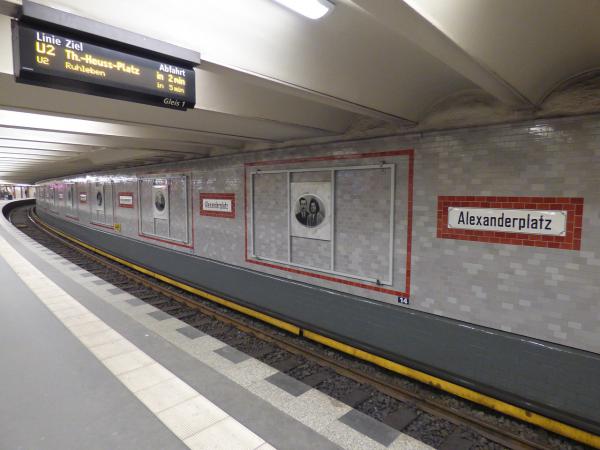
- Bus - Takes a while (with traffic), but there are bus routes everywhere
- S-Bahn (trains) - fast, cheap, on time
- U-Bahn (underground metro) - super convenient
Eating in Berlin
Easy to find tasty food. I recommend you try the following, all of which can be found all over the city:

Schnitzel - they are really tasty in Germany!
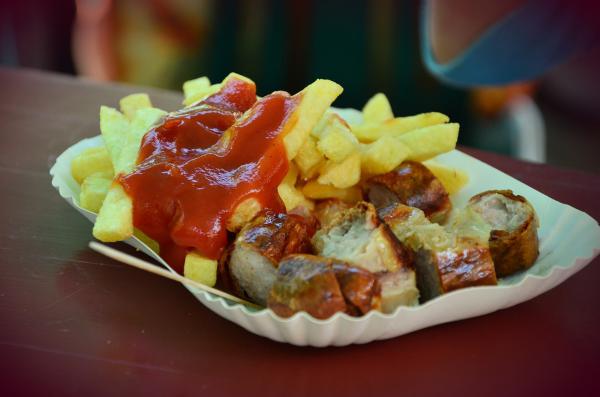
Currywurst - if you have only tried them outside of Germany, make sure you try them while inside Germany. They are much more delicious! It is a sausage served with ketchup and curry powder (and often beans). Sold all over the city
Berlin Nightlife

Berlin has one of the best nightlifes in the whole of Europe (and it is famous for it all over the world). After the Berlin Wall came down in 1989, techno took over the city. The clubs have wild nights, and you can party until the sun comes up.
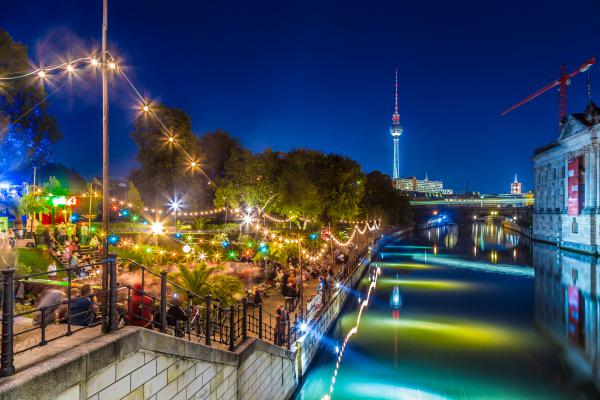
You can find everything from small pubs and dive bars to huge multi room clubs and big events.
Check out sites like here for a good overview of whats on
The Main Berlin Tourist Attractions
The Brandenburg Gate (German: Brandenburger Tor) is an 18th-century neoclassical monument in Berlin, built on the orders of Prussian king Frederick William II after the (temporarily) successful restoration of order during the early Batavian Revolution. One of the best-known landmarks of Germany, it was built on the site of a former city gate that marked the start of the road from Berlin to the town of Brandenburg an der Havel, which used to be capital of the Margraviate of Brandenburg.
The huge Reichstag building dates back to 1894. Like many things in Berlin it was damaged in WWII. But now it has been restored, and it is where you can find the German parliament.
The Bundestag Dome is open for visits (you have to sign up on their website, but the tour is free. Remember to bring some form of ID with you).
Alexanderplatz is a large public square and transport hub in the central Mitte district of Berlin, near the Fernsehturm. Berliners often call it simply Alex, referring to a larger neighbourhood stretching from Mollstraße in the northeast to Spandauer Straße and the Rotes Rathaus in the southwest.
You can see the TV tower from all over Berlin - it is huge.
It was constructed between 1965-1969 by the German Democratic Republic (GDR). At a height of 368 meters it is the tallest structure in Germany, and the second tallest structure in the EU.
See more about Berlin


